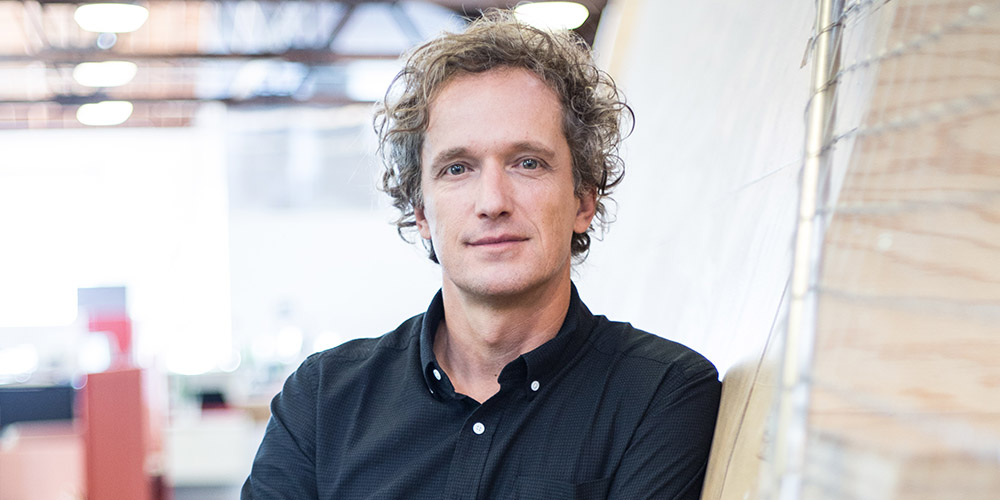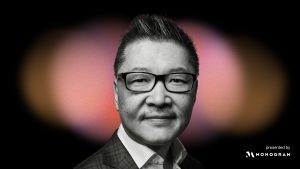Design has become an integral part of the dialogue around building game-changing businesses. While Apple is largely credited for being the driving force behind this movement of solving business challenges through design, Yves Béhar is another name that has influenced this shift in thinking. Perhaps his success can be attributed to his versatility and chameleon-like approach as a designer, taking on a diverse spectrum of clients (from Jawbone to Herman Miller to PayPal) through his firm, fuseproject, with no apparent Béhar design trademark other than his knack for centralizing teams and solving problems. For him, excellence in design is the result of a shared vision between different teams.
While in Toronto as the Interior Design Show‘s headlining act, Béhar sat down with Bay Street Bull to discuss his thoughts on excellence in design and how businesses must harness it to build and solve problems.
What are your thoughts on Toronto and the Canadian design scene overall?
I don’t come here often. I come to Canada for other pursuits, like skiing but from everything I see, it’s a vibrant culture. It’s a cold climate place, which tends to be more drawn to design naturally because quality of materials and construction; your life is very interior and whatnot. I have found it often more advanced in mainstream fashion than what happens in the south.
What makes a great design experience?
Design has gone from being not on the map to a new term that is really central to every product or service that is being built. Ever since Apple created a strong ecosystem between software, hardware, and retail, our expectations have been really high. Those expectations are that everything should be functioning equally well. People’s tolerance for broken experiences is quite low. In my experience, a lot of industries are racing to catch up and they realize that their internal processes and the fact that a lot of the older players and companies are built in silos. It doesn’t favour the rethinking and building of a cohesive experience. When you have different departments that aren’t used to talking to, building, or being creative with each other, it can be quite challenging.
What do you think the business community can learn from not only embracing, but prioritizing, excellence in design?
It’s interesting because I think design has become more crucial and essential to any new business startup today than it ever was before. And the reason is because both the tools, access to technology, and capital is a lot easier today than it used to be 10, 15, or 20 years ago. With easy access to tech stacks with similar ideas, technology, and development, what becomes the differentiator? It’s your brand and your design experience. How you build those brands has become more and more critical. I usually see between two and 10 companies entering similar spaces, and who wins in the end? The ones that have experiences that are most relevant to the consumer and where the design is central to creating them.
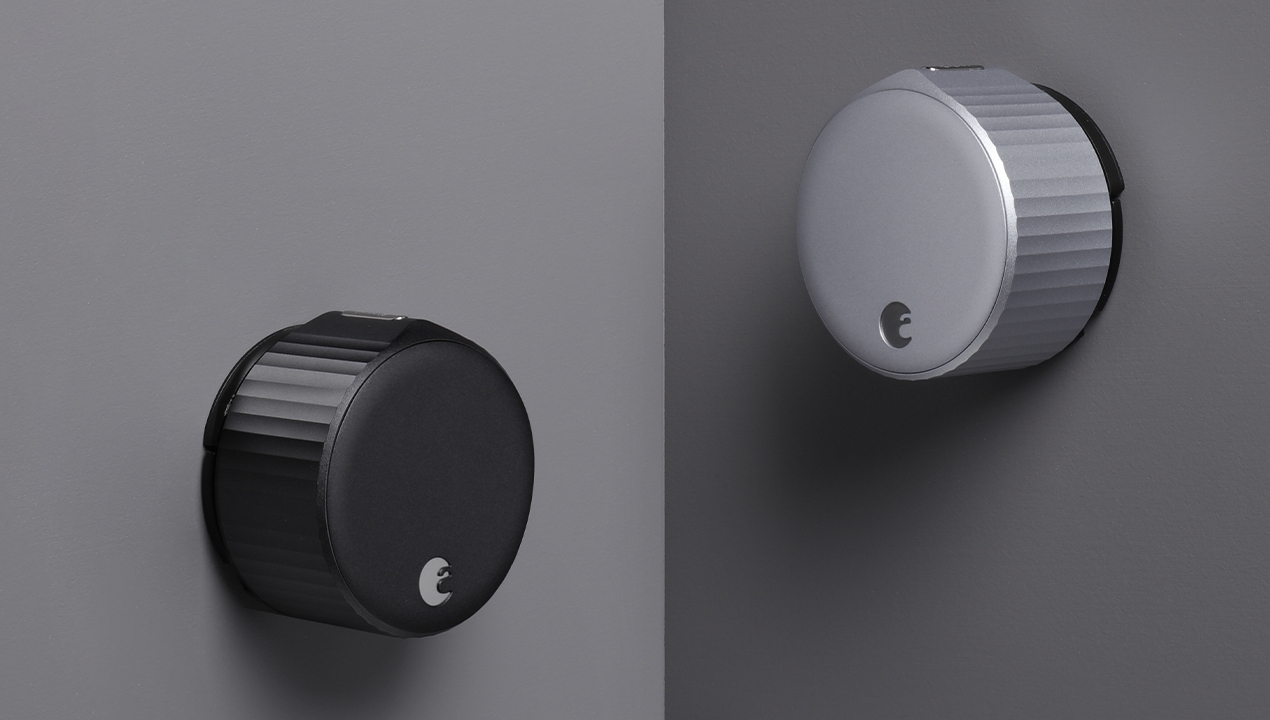

How important is storytelling to your work? How do you identify which stories to tell?
When I look at technology and new business models that are enabled by technology, it’s really about finding what is unique and how it matches an unmet expectation that people have for that kind of product or service. Once we’ve identified what that idea is, then we build stories around it. Stories are communicated through physicality, functionality, and tactile elements. All of that has to be at the service of that idea. My strong belief is that the integrated agency model is one that can really deliver against that. That’s what Fuse Project does and what I did when I started Fuse Project 20 years ago. I put all these different disciplines together under one roof and, together as a team, we tell a story in a cohesive manner.
Do you think storytelling is born out of a need to solve a problem?
To me, storytelling is how you engage consumers and the experience. It’s how you make them care about it and bring them along. Manuals are not things that people use anymore, so how do consumers learn about an experience and make it their own? How do they understand the core idea and differentiator of that particular company or product? I think that’s the function of storytelling. It is to educate and bring that consumer into this new experience that is usually unknown.
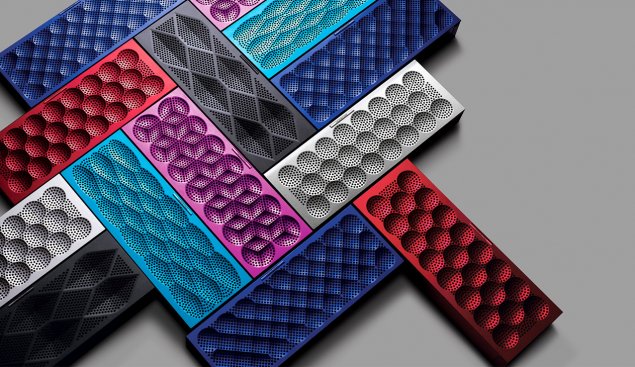

So much of your work incorporates an understanding and implementation of community. What does being socially conscious mean to you? What excites you about it?
Our work ranges from big corporate projects with big strategic initiatives to startup companies that are built from the ground up, as well as nonprofit or government organizations. I actually don’t see a whole lot of difference between those types of work because you can bring social or environmental consciousness to all your projects. You don’t have to make that the central story, but it’s table stakes for designers to look at materials, processes, and logistical elements, and use those resources efficiently. You can do it in a way that fulfills the need for the value creation in a high quality way without the waste and pollution that often comes out of it. For me, that awareness needs to run through all projects.
Do you find the design community is moving towards and engaging in that part of the dialogue?
If I’m entirely honest about it, the design community’s focus has been up and down. I think there’s a renewed sense of urgency now, finally. Designers really have to be partners to enterprise in order to move the needle and make a difference. I see change because there’s a consumer awareness that will incite revolt if companies don’t rapidly move in the right direction. It’s an opportunity for large companies to transform themselves and do the right thing. It’s also an opportunity for a lot of smaller businesses who embrace sustainability as a core value. Suddenly you become attractive to a generation that is aware and who wants to make conscious consumption.
How do you embrace challenges? Are you comfortable being uncomfortable?
It’s somewhere between being excited and wanting things to not be easy and being a masochist. There’s no silver bullet or shortcut. You have to go through constant failures to emerge on the other side with a successful company. To me, I guess there is a certain amount of training because once you’ve done it a bunch of times, you learn to recognize pain and the challenge ahead of you. But to me, there’s nothing more exciting than that.
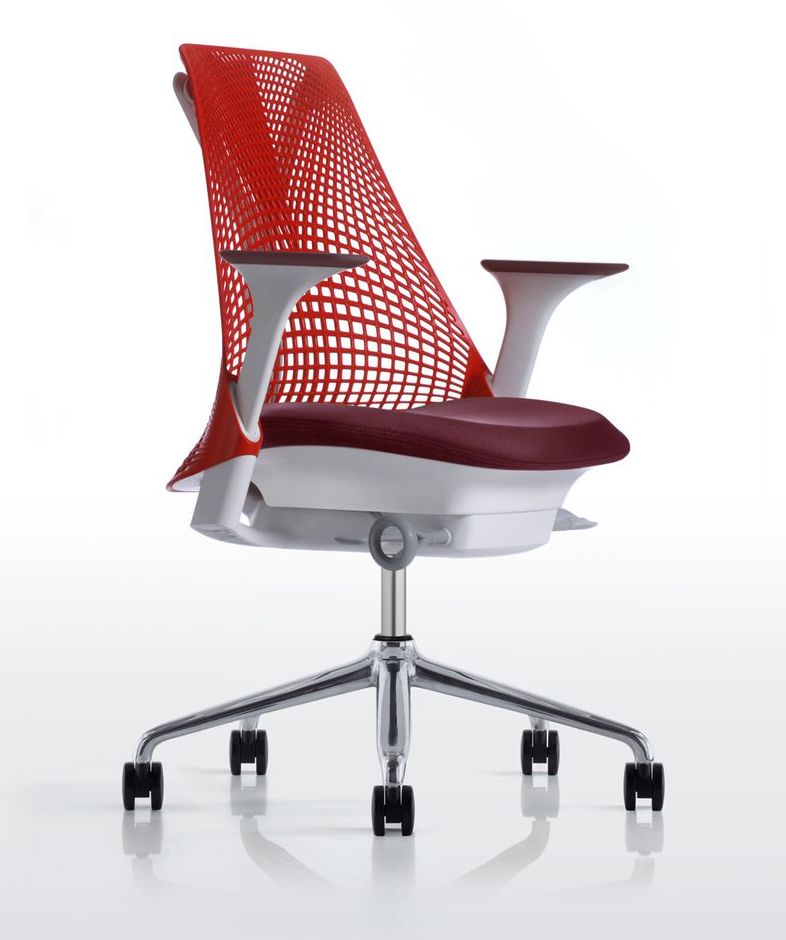

How do you know when you’ve reached the point where you should turn away and work on something new? How do you define whether you’re beating a dead horse or need to just work harder?
One of my favourite sayings is that pain is temporary but suck is forever. I’m pretty sure when I started on a project with any entrepreneur that at some point I needed to use that quote. It’s different for every project. There is no cookie cutter formula on how to succeed, or who you should be working with. For me, I’ve never abandoned a project and moved on. I always want to put a product in a place where it’s good enough to have a try in the market and succeed or fail. You have to believe in it 100 percent and can’t go into a project with a “let’s see what happens” or “if it doesn’t work, I can just walk away” mentality. The personal investment, the team investment, and the partners and friends that you make along that road really dictate that you go to the end of the world and then accept failure when it happens.
Pain is temporary but suck is forever.
How long did it take for you to find your voice and your identity as a designer? Was there a moment or a project that really defined your internal mission?
When I started, I got used to defining philosophical conceptual goals. The first one was, how do we fuse different disciplines at the service of a big idea? And that was even the name of the company. How do we build this multidisciplinary team that will help build these ideas and run them to launch. Then there were a number of different concepts in venture design, sustainability, designing for good in the developing world, et cetera, which were just things I’ve always been interested in. I thought it was important that there were incredible partners and visionaries to work with. For me, finding my voice has been about discovering what’s next, what’s in the conscious collective that’s not working and is frustrating that needs a new way to think and design. So, how long did it take for me to find my voice? I think I had a point of view from the beginning that I wanted to test, and people were very positive and had a good response to those ideas. The challenge was to marry the reality of building projects to the ideas and show that the two can really live together. Once that started to happen, I realized that we could do it with a number of different ideas. As times are changing, we adapt and find other important things to work on. I think design can open up new frontiers.
Have you had an experience throughout your career where you really found yourself having to fight for your vision and your worth?
Yeah, I mean, you always have to fight for your ideas. It’s kind of a cliche in the design world, right? When I started fighting for my ideas, it was about trying to bring people along and make them love the idea. It wasn’t about aesthetic detail, it’s whether someone believes in the idea because it’s relevant to what it is they’re trying to do. The highest satisfaction I have is when my client falls in love with the idea before there is truly an aesthetic or a physical UX model.
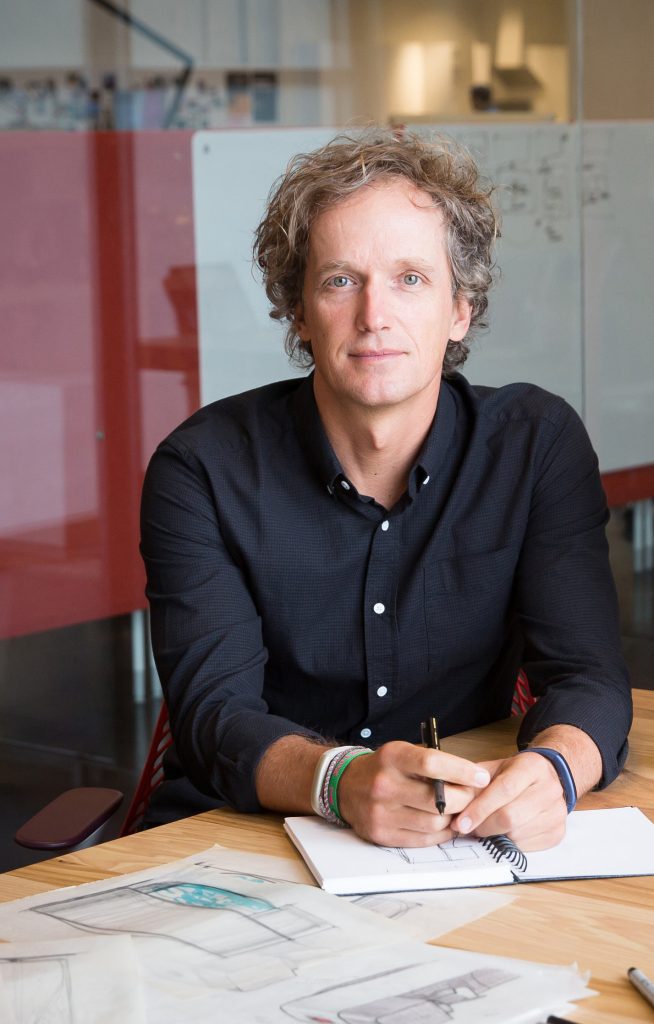

It’s very disheartening to feel like you live in a world that’s becoming more and more about disagreement and differences. You can be on the same side of history and still have differences and arguments. What I see design as is the glue between different challenges and points of views. Design brings people around a table together. My goal is to show that it is a non-specialized discipline that brings people together and can get us to agree on what it is we want to experience in life and how we want to live. Especially in the next decade, I feel like design is going to really gain recognition. From 2000 to 2010, design wasn’t really recognized for what it could contribute, especially to business. Apple came about and that recognition was really pioneered by them. In the next decade, we started to apply these principles, these ideas of building ecosystems of design and experiences across numerous industries, and created a lot of new businesses that are connecting better to their customers and to this generation. I think in the next decade, we need to take that power and recognition and apply it to the domains that are still far behind: healthcare, wellbeing, inclusivity, and the environment. I see so much opportunity and it’s really our mission to take this newfound credibility that we have and apply it to lots of places where it’s in high demand and where it will make a difference.


